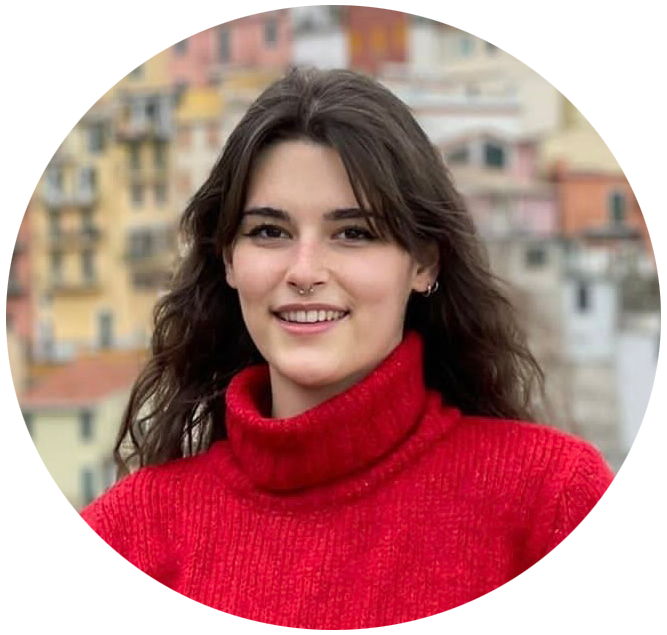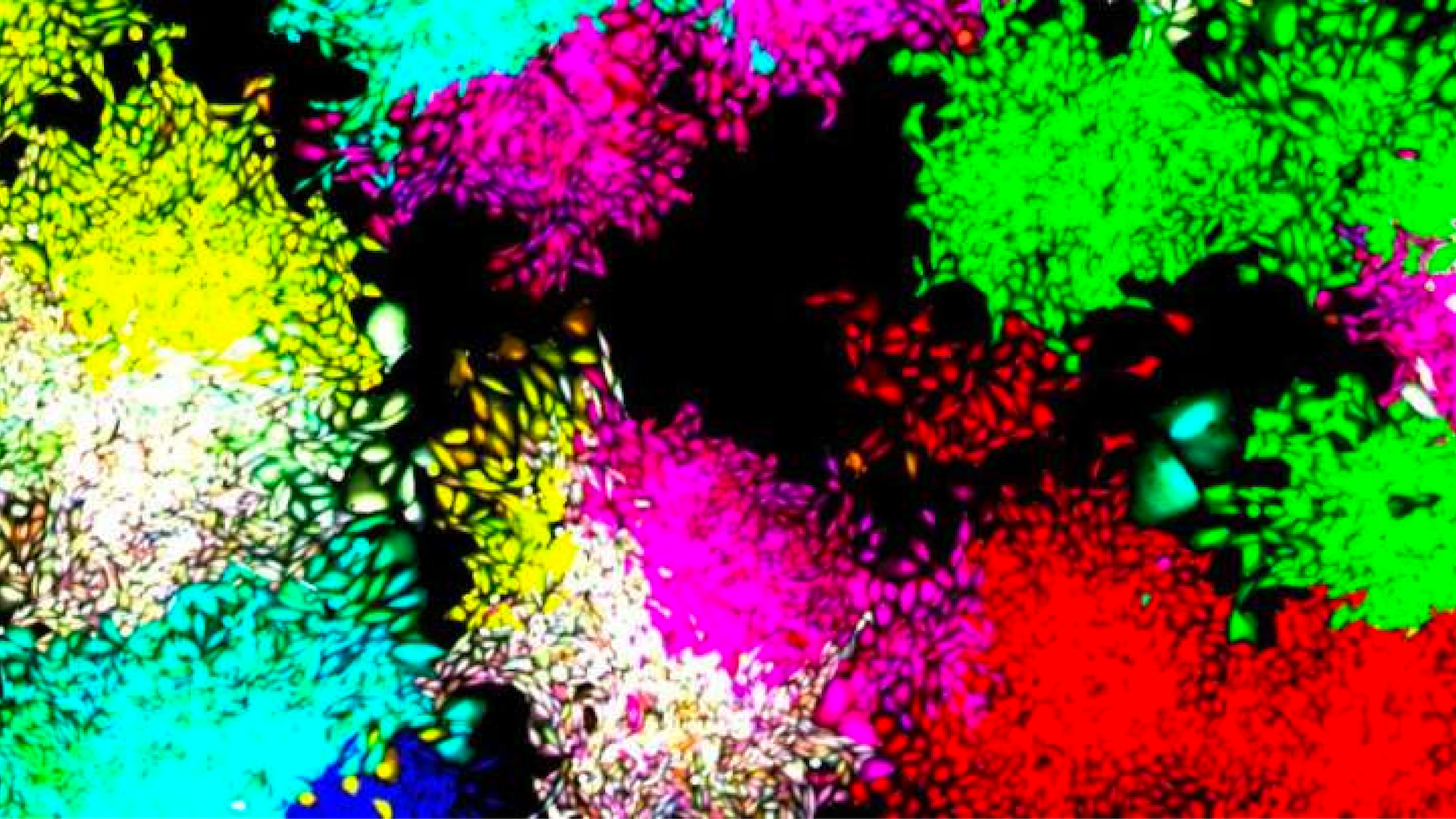A team of researchers from the California Institute of Technology (Caltech) and the Department of Experimental and Health Sciences, Pompeu Fabra University (DCEXS-UPF) has developed a synthetic genetic circuit that makes it possible to observe how cells differentiate and choose their fate.
Although there are cells in our bodies that specialise in different functions, initially they are all the same. They all have the same DNA, but due to a series of processes regulating gene expression, cells activate different genes and differentiate.
In the Caltech labs, they have succeeded in creating an artificial genetic circuit, called MultiFate, which allows researchers to control gene regulation and determine cell fate. This artificial circuit has only three genes, each of which encodes a transcription factor, a protein capable of regulating gene expression. By combining these three genes, they have succeeded in allowing up to seven “fates”, or stable states, to exist in a cell, so that the cell remains in one of them unless the researchers deliberately change its state. Moreover, the introduction of this artificial circuit does not interfere with the normal processes of cells in culture.

Jordi García Ojalvo, professor of Systems Biology at UPF, says that “designing and building synthetic circuits from scratch can provide information about fundamental biological phenomena”. His Caltech colleague Michael Elowitz adds: “this work could provide a basis for extending cell therapies by creating more complex functions than natural cells could provide”.
Zhu R et al. Synthetic multistability in mammalian cells. Science, January 2022. DOI: 10.1126/science.abg9765.







